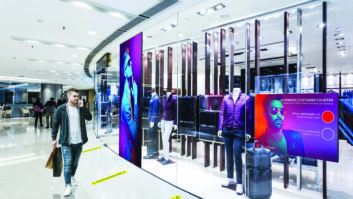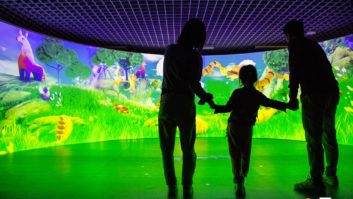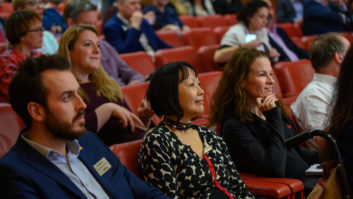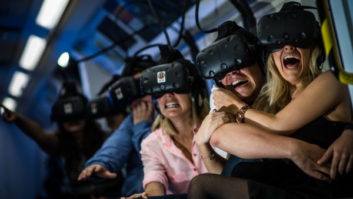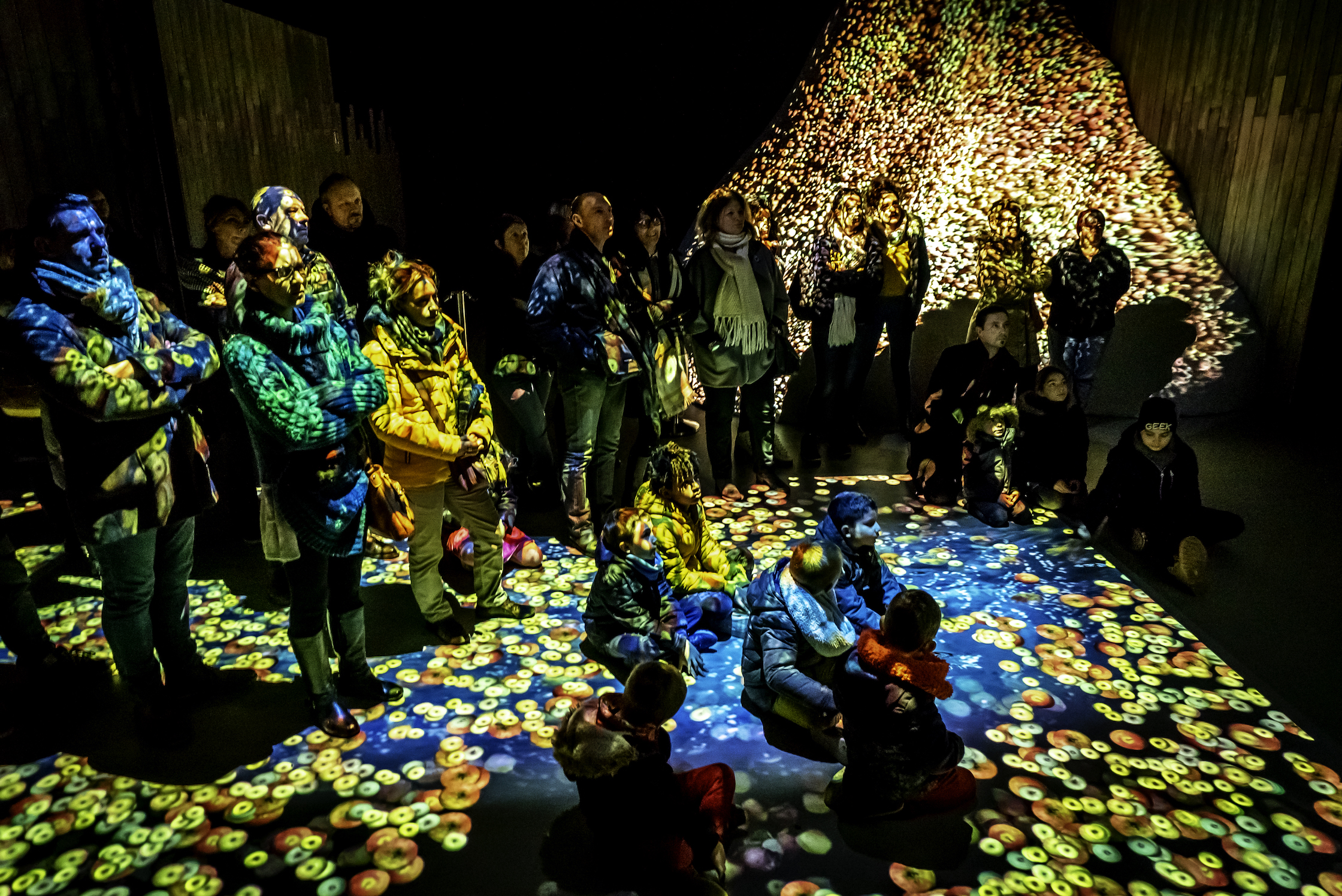
Over the past few years, as marketing has evolved due to the growth of relatively new platforms such as the internet and smartphones, consumers have become used to the now ubiquitous brand ‘narrative’. Whether the brand is Coca-Cola, Lloyds Bank or Apple, brand narratives are an essential way of communicating with customers.
Narratives, of course, are essentially a brand’s story, and it’s no coincidence that as brand narratives have become ubiquitous, the broader use of storytelling within business has grown in popularity, with so-called user experiences or integrated experiences at the heart of things.
The term ‘user experience’ has actually been around since 1993, when Donald Norman joined Apple as user experience architect – the first time UX was used within a job title. But UX and sister buzz-phrase ‘integrated experience’ only recently become de rigueur in AV, culminating in the AV industry’s trade body, InfoComm International, rebranding as AVIXA (Audiovisual and Integrated Experience Association).
Experience-based storytelling
In AV, user experience-based storytelling has traditionally been employed in temporary installations – the short-term, pop-up brand narratives that have regularly utilised technology such as AR and VR – and semi-permanent museum and visitor attractions.
“Brands have, over a number of years, been using AV technology and storytelling,” says Ross Magri, managing director at Sarner. “Cadbury World, the Guinness Storehouse in Dublin and Heineken Experience in Amsterdam are just some examples.”
More recently, Sarner designed and installed the Calvados Experience, a visitor attraction that immerses the audience in a multi-sensory journey through the centuries, to tell the story of how the humble apple is turned into Calvados.
Other permanent storytelling installations such as those deployed by big enterprise – so-called ‘experience centres’ – are also gaining traction, as are those used by retail to revitalise the high street shopping experience. Indeed, ‘digital storytelling’ was a key theme of July’s Digital Signage Summit Europe.
“Within retail, combinations of immersive signage, audio and brand storytelling platforms have transformed the shopping areas into experiential stages, enabling retailers to get closer to their audiences,” explains Peter Cliff, creative director, Holovis.
“Digital storytelling within retail is increasing as the narratives are travelling outside of the stores and into people’s homes through apps and extended guest experiences. The key is then getting people back to the shopping space so they continue their journey with the brand.”
A good example is Gatwick Airport’s North Terminal, where the World Duty Free store’s experiential stage gives brands the opportunity to invite customers to join them for interactive events or branded photo opportunities. This allows personalised narratives to be played out for each shopper, which are then captured and shared as content rich posts on social media sites.
Emma Bigg, managing director of Octavius RE, agrees: “With the increased sophistication of marketing campaigns and selling a lifestyle to sell a product, we are seeing AV used for all sorts of storytelling within retail. The way we sell is becoming more sophisticated and so is the digital content and deployment. The ability to link digital content, social media and engage directly with smart devices means that the customer experience is more encompassing.”
Obvious areas are high-profile sports brands and luxury brands, but increasingly high street names have been joining the party. Fashion retailer Oasis used creative digital agency Kaleidovision to reinvigorate its London flagship store, and beauty brand L’Occitaine has used AV to great effect to create its multi-sensory London outlet.
“Brands are always looking for new and more creative ways to differentiate themselves – digital storytelling is a key part of this,” says Matt Barton, managing director, 7thSense Design. “Retailers are recognising that to bring people back to the brick-and-mortar stores to do their shopping rather than online, they need to offer a unique experience. A well-told story with the correct use of technology can help in this.”
Corporate potential
Storytelling may not have advanced as quickly in the corporate sector, but this is a market many see as having huge potential – albeit with caveats.
“Google, Apple and others have taken full advantage of the ‘experience centre’ concept,” says Magri. “Many are continuously expanding the number of such centres, but the developments of experience centres also require a substantial financial commitment that is only available for the bigger corporations.”
However, Bigg believes the sector will grow due to reductions in technology costs. “With the development of more sophisticated and more cost-accessible immersive technology, I see this as an area that will see significant growth,” she explains. “Seven years ago, Diageo commissioned their Customer Collaboration Centre to help them engage more with their on-trade [such as bars and restaurants] and off-trade customers [such as supermarkets]. Very quickly they saw an increase in new initiatives that translated into profit growth. Since then, companies have seen how this route can be successful and have embraced the concept.”
“This side of the industry is one that interests us a lot as a solutions provider,” adds Daniel Lee, managing director at Hewshott International. “What experience centres allow us to do is immerse end users in the technologies that we’ve been discussing with them. It allows us to take them on a journey through their own workflow and demonstrate how it might be enhanced.”
Barton is also a fan of the concept: “Experience centres can provide a great platform for brands. It’s an exciting area of the industry and we really enjoy working with clients to develop their concepts for these types of experiences. They can generally be multi-purpose spaces which is why we believe this area of the industry is only going to grow – serving as a B2B relationship selling tool and a promotional tool on a B2C level.”
“Every larger company is investing in an experience centre of some shape or form,” confirms Peter Pauwels, director of strategic marketing at Barco. “The ‘product’ they sell is becoming less tangible or harder to demonstrate through touch and feel. The only solution to explain what you do, how you do it and why you are the best at it is through interactive storytelling.”
www.7thsensedesign.com
www.barco.com
www.hewshott.com
www.holovis.com
www.octaviusre.com
www.sarner.com
